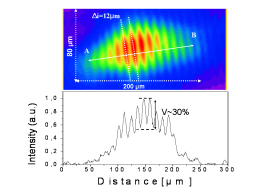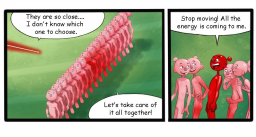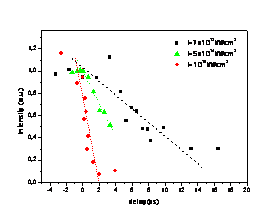SPAM is a research laboratory belonging to Iramis (Saclay Institute of Matter and Radiation) attached to the Division of Matter Sciences at CEA, dedicated to fundamental research in the field of photon-matter interaction and opening also in numerous applications.
SPAM is a member of RTRA "Triangle de la Physique", LABEX PALM and IDEX Paris-Saclay. SPAM hosts a femtosecond laser platform (SLIC) member of the LASERLAB European network and is involved in two EQUIPEX: CILEX and ATTOLAB.
The research themes developed in its laboratories are presented below.
 |
 |
 |
|
Study of Matter under Extreme Conditions |
Studies on the 'Servers Lasers Femto Second' |
Study of the ultra-fast electric dynamic in a strong laser field |
 |
 |
||
|
Study of Physical Chemistry of Molecular Structures |
Study of the physics of warm and dense plasmas |















